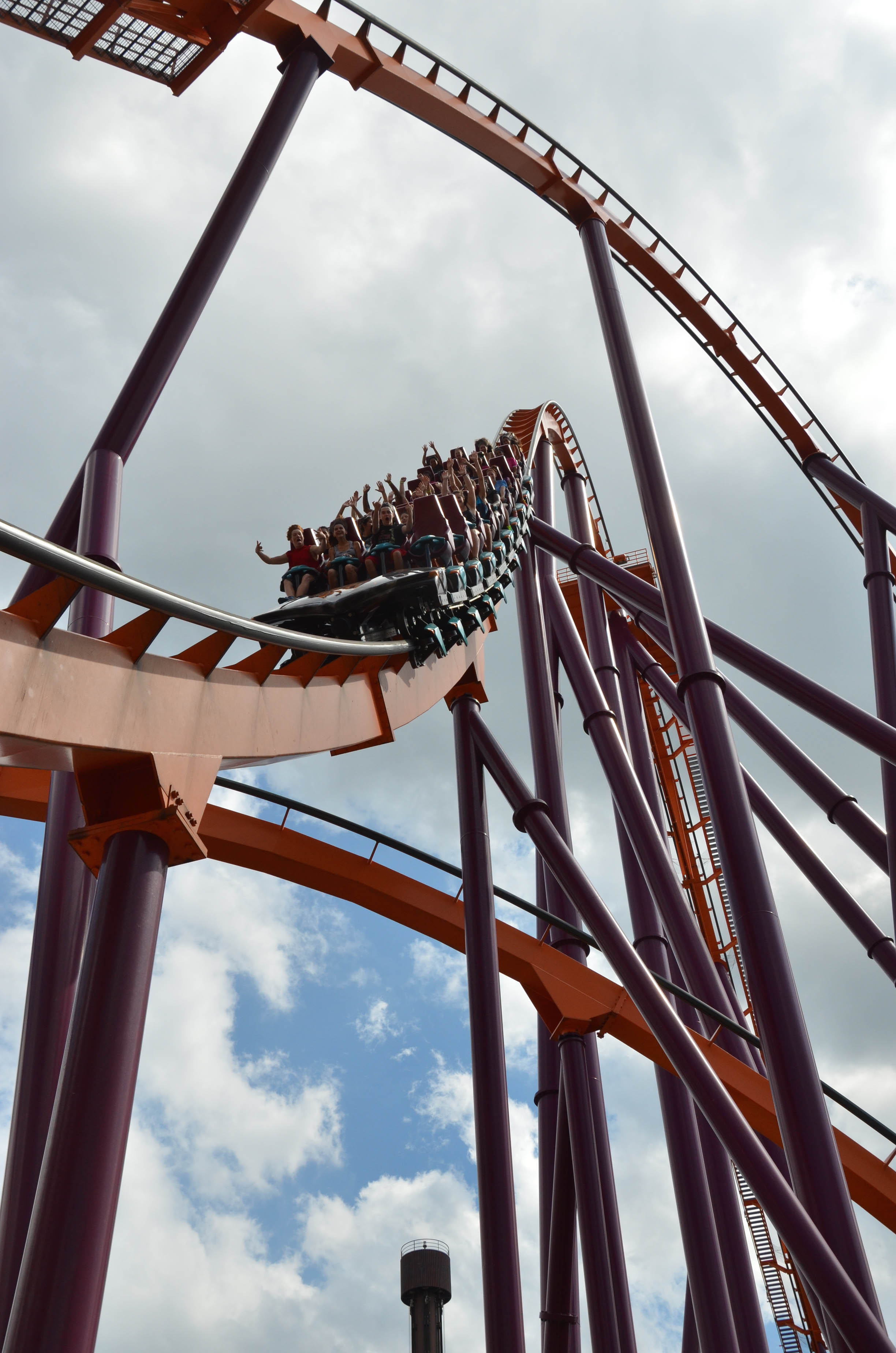
For instance, if you were to build a six-length route, you would net fifteen points for four rounds of work (3 rounds of drawing cards and one round of laying the trains). Long routes are inherently better than short routes. When both sides are available, one being filled will start a run on the other being completed as players don’t want to miss out. When both sides of a route can’t be used, they’re vital as they’re the only option. These routes are important regardless of player count. If your destinations feature any of these routes, these should be top priorities for you as a player.
/pic144599.jpg)
Los Angeles to Phoenix and Los Angeles to Las Vegas Vancouver to Seattle and Seattle to Portland Ticket to Ride features several routes that are either one, two, or three spots in length that don’t have an easy work around if they are filled. Starting from the middle gives a player greater flexibility especially if a route they want is taken. Starting from one end will limit the direction you can go and thus, limit your options. It may seem counter-intuitive but I want to advise that when building routes, you always start from the middle. If you need a particular route (more on that in a bit), don’t hesitate to jump on it and lay claim to it.

That being said, don’t wait too long to build. If you nickel and dime your way to each city, it gives the other players ample time to swoop in and take routes you need (either inadvertently or on purpose). You don’t want to start building towards a destination (and giving away where you are going) without being able to secure the routes you need. Three to four turns building, then three to four turns grabbing cards, then back to building. In fact, once you have a hearty size of cards, I would spend three to four turns building before resorting to grabbing more cards. Okay, I have a handful of cards…now what?īuild. This will influence your decision to take a face-up card or draw from the deck. There are fourteen (14) locomotive cards in the deck and knowing how many are active will help you know how many to expect when the deck gets reshuffled. Keep an eye on how many you see publicly. On the rare occasion that you need a card now to finish something that is in jeopardy of being grabbed is the only time I advocate taking a face-up locomotive. I’d rather take my chances and luck into them by drawing from the pile than waste a card draw by taking a face-up one. If there are absolutely no colors that are beneficial to you face-up, only then do I recommend going to the deck to draw blindly off the top.īut what about locomotives? Honestly, I avoid face-up wild cards. You may not have a red route in your current destinations, but those cards can be used for the gray routes and maybe later a red route will be needed to complete a new destination that you’ve chosen. This could be because the colors match routes you need to eventually complete or complement cards that you already have. When drawing cards, go for cards that are face-up and benefit you in someway. I know having to fan through a large hand of cards is not ideal but it is a necessary evil for TTR. They should already have them in their hand.

Having a large hand size is also beneficial as when the end game is triggered, a player is not left having to draw cards to complete routes.

I prefer to have too many cards so my options are open. While this is the nature of the game, having a small hand size is not an optimal strategy. In playing cards, your hand size will diminish with each route you complete. TTR is about placing trains on tracks and to do so, you need cards to accomplish that feat. This post will only be in reference to the base version with the map of the United States of America. In reminiscing about the game, I thought it would be time to talk about some strategy for the acclaimed board game. That being said, it will always have a place in our heart and sits firmly in the “not for trade or sale” section of our collection. It doesn’t see the table much if at all anymore due to burnout from those initial plays and the fact that we’ve moved onto other games. Look how gross the cards look after all this time. Ticket to Ride was one of our gateway games and I can’t even begin to calculate how many times we played.


 0 kommentar(er)
0 kommentar(er)
